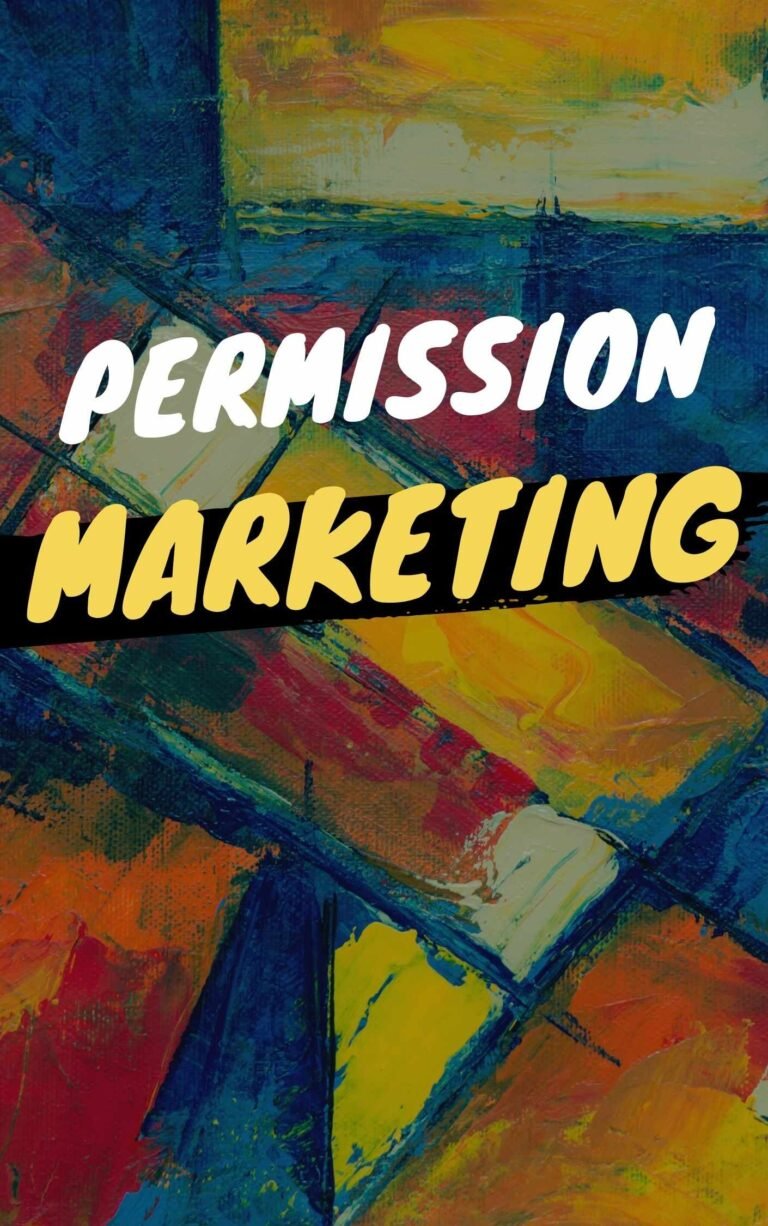Contagious – Book Summary
Why Things Catch On
Jonah Berger
Rating: 8.0
“Why do some ideas seemingly spread overnight, while others disappear? How can some products become ubiquitous, while others never gain traction? Jonah Berger knows the answers, and, with Contagious, now we do, too.”
— Charles Duhigg, author of the bestselling The Power of Habit
Virality isn’t born; it’s made.
Contagious analyzes the traits and characteristics that viral products, ads, and ideas all have in common.
Have you ever wondered what makes some random YouTube videos go viral, regardless of their quality, bad taste, or how cliché they are? The answer is because people share them. Even if a popular video seems random to you, it has qualities that make people want to pass it on. We assume that some concepts or products become more popular than others out of sheer luck. One article gets a million shares on social media and another, although similar, see only a handful. That’s just how the Internet seems to work – at least if you don’t look any deeper.
What is then the secret to make our messages contagious?
It’s 6 characteristics they all share, and if you want to go viral, you better incorporate them in your marketing.
Contents
Social Currency
Humans like to share things — it is one of the main reasons social media is so popular. One of the things sharing does is that it helps us the signal to others what our identity is. We share our likes, opinions, and more, letting other people know who we are. It isn’t the only reason we share though.
“Making things more observable makes them easier to imitate, which makes them more likely to become popular.”
― Jonah Berger, Contagious: Why Things Catch On, Book Summary
One of the prime purposes of why we share, whether you are aware of it or not, is that it helps us look good in the eyes of others. We want to be the person who shares the hot new band or cool new restaurant because it makes us look hip, tell our friends about the trending news because we are intelligent, share photos of a recent trip to show how awesome our lives are and more.
This behavior can be labeled as social currency — we build our social wealth up by sharing and influencing others in a positive way.
― Jonah Berger, Contagious: Why Things Catch On, Book Summary
Berger recommends three ways to get people talking about a product or an idea:
1. Inner Remarkability
The key to finding inner remarkability is to consider what makes something interesting, surprising, or novel.
One way to generate surprise, for instance, is by breaking a pattern people have come to expect. Barclay Prime, a Philly-based restaurant, got buzz by selling a $100 cheesesteak. It defied expectations and, thus, got people talking.
2. Leverage Game Mechanics
Game mechanics are the elements of a game, application, or program—including rules and feedback loops—that make them fun and compelling. What’s interesting about game mechanics, though, is they motivate on an interpersonal level by encouraging social comparison. Leveraging game mechanics requires quantifying performance. But if a product or idea doesn’t automatically do that, it needs to be “gamified.”
3. Make People Feel Like Insiders
Scarcity and exclusivity boost word of mouth by making people feel like insiders.
“If people get something not everyone else has, it makes them feel special, unique, high status, and because of that, they’ll not only like a product or service more, but tell others about it. Why? Because telling others makes them look good. Having insider knowledge is social currency.”
Triggers
Not all word of mouth is created equal.
New food products, for instance, rely on immediate word of mouth. If consumers don’t immediately start buying a new anticholesterol spread, the store may stop stocking it. Other products or ideas, by contrast, like anti-bullying campaigns and new policy initiatives, benefit more from ongoing word of mouth.
“We need to design products and ideas that are frequently triggered by the environment and create new triggers by linking our products and ideas to prevalent cues in that environment. Top of mind leads to tip of tongue.”
― Jonah Berger, Contagious: Why Things Catch On, Book Summary
What keeps people talking, are triggers—little environmental reminders for related concepts and ideas. Why? Because accessible thoughts and ideas lead to action. Berger ever found that different locations contain different triggers. In one study, voters were more likely to vote in favor of school funding when the polling place was a school.
“So, rather than just going for a catchy message, consider the context. Think about whether the message will be triggered by the everyday environments of the target audience.”
― Jonah Berger, Contagious: Why Things Catch On, Book Summary
Products and ideas have habitats or sets of triggers that cause people to think about them. What’s more, it’s possible to grow an idea’s habitat by creating new links to stimuli in the environment. Kit Kat wouldn’t normally be associated with coffee, but through repeated pairing in an ad campaign, it was able to link the two and lift sales by 8 percent.
When choosing a trigger, pick one that occurs frequently and happens near the desired behavior is taking place. Lastly, forge a fresh one rather than link a product or idea that is already associated with many things. Triggers and cues lead people to talk, choose, and use. Social currency gets people talking, but Triggers keep them talking. Top of mind means tip of the tongue.
Emotion
In an analysis of thousands of New York Times articles to better understand why certain pieces of online content are widely shared, Berger found that positive articles were more likely to be highly shared than negative ones.
“Most beautiful emotion we can experience is the mysterious. It is the power of all true art and science. He to whom this emotion is a stranger, who can no longer pause to wonder and stand rapt in awe, is as good as dead.”
― Jonah Berger, Contagious: Why Things Catch On, Book Summary
No surprise there. After all, when we care, we share. But that wasn’t the full picture.
Berger also discovered that people were more likely to share articles that evoked anger or anxiety. Why? Because anger and anxiety are high-arousal emotions. So, to make products or ideas catch on, focus on feelings; the underlying emotions that motivate people to action. What’s more, remember to pick ones that kindle the fire, activate people, and drive them to action.
On the positive side, excite people or inspire them by showing them how they can make a difference. On the negative side, make people mad, not sad.
Public
Observability has a huge impact on whether products and ideas catch on. Why? Because observable things are also more likely to be discussed. The more public a product or service is, the more it triggers people to take action.
One way to make things more public is to design ideas that advertise themselves. Every email sent from Hotmail, for instance, had a link that said, “Get Your Private, Free E-mail from Hotmail at www.hotmail.com.”
“Word of mouth is the primary factor behind 20 percent to 50 percent of all purchasing decisions.”
― Jonah Berger, Contagious: Why Things Catch On, Book Summary
Designing products that advertise themselves is a particularly powerful strategy for small companies or organizations that don’t have a lot of resources. We need to be like Lululemon and Livestrong and create behavioral residue, discernible evidence that sticks around even after people have used our product or engaged with our ideas.
If something is built to show, it’s built to grow.
Practical Value
People like to pass along practical, useful information. News others can use. Offering practical value not only helps make things contagious, but it also strengthens social bonds. If Social Currency is about information senders and how sharing makes them look, Practical Value is mostly about the information receiver.
Judgments and decisions are not always rational or optimal. Instead, they are based on psychological principles of how people perceive and process information.
One of the main tenets of prospect theory is that people don’t evaluate things in absolute terms. They evaluate them relative to a comparison standard, or “reference point.” In one study, using the word “sale” beside a price increased sales even though the price itself stayed the same.
“A five-star review on Amazon.com leads to approximately twenty more books sold than a one-star review.”
― Jonah Berger, Contagious: Why Things Catch On, Book Summary
Diminishing sensitivity reflects the idea that the same change has a smaller impact the farther it is from the reference point.
Promotional offers that seem surprising or surpass expectations are more likely to be shared. This can be because the actual deal itself exceeds expectations (for example, the percentage off is so unbelievable) or because the way the deal is framed makes it seem that way.
Another factor that affects whether deals seem valuable is its availability. That’s why restricting availability through scarcity and exclusivity makes things seem more valuable.
Another framing factor that impacts practical value is how promotional offers are expressed. Some offers are expressed in dollars off, or absolute discounts ($5 or $50 off). Other offers are expressed in percentage off, or relative discounts (5 percent or 50 percent off).
Researchers find that whether a discount seems larger as money or percentage off depends on the original price. For things like laptops or other big-ticket items, framing price reductions in dollar terms (rather than percentage terms) makes them seem like a better offer. If the product’s price is less than $100, the Rule of 100 says that percentage discounts will seem larger. In thinking about why some useful content gets shared more, a couple of points are worth noting. The first is how the information is packaged. The second key is the audience.
Of the six principles of contagiousness that Berger discusses in the book, Practical Value may be the easiest to apply.
Stories
Information travels under the guise of what seems like idle chatter.
“People don’t think in terms of information. They think in terms of narratives. But while people focus on the story itself, information comes along for the ride.”
― Jonah Berger, Contagious: Why Things Catch On, Book Summary
Stories are easier to relate to than statistics. Jared losing tons of weight eating Subway, not nutrition facts.
Most people are very skeptical of traditional advertising these days and of people trying to persuade them to do things. But putting your ad subtly into a story can help get the message across in a more efficient manner.
“Information travels under the guise of what seems like idle chatter.”
― Jonah Berger, Contagious: Why Things Catch On, Book Summary
Virality is most valuable when the brand or product benefit is integral to the story. When it’s woven so deeply into the narrative that people can’t tell the story without mentioning it.
In trying to craft contagious content, valuable virality is critical. That means making the idea or desired benefit a key part of the narrative. Certain characteristics make products and ideas more likely to be talked about and shared.
A summary of “Contagious: Why Things Catch On” by Jonah Berger. Check out Make Me Read for summary of the best business books.






If you are going for finest contents like me, simply go to
see this website every day as it provides feature contents, thanks